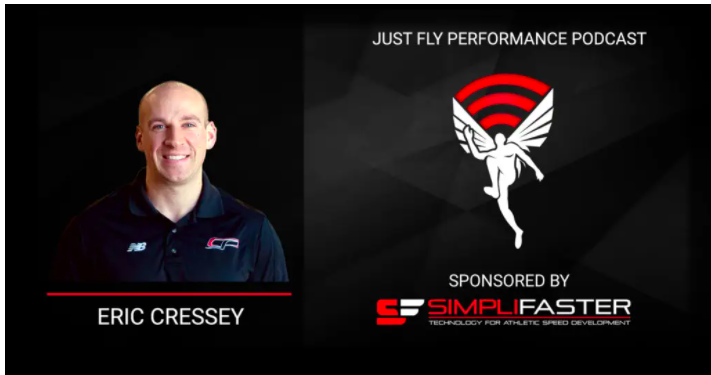
Strength and Conditioning Stuff You Should Read: 5/22/20
I hope you’ve had a good week. Here’s a little content from around the ‘Net to kick off your weekend on the right foot.
EC on the Just Fly Performance Podcast – I joined Joel Smith for a discussion on skill development, shoulder training, how our philosophies at Cressey Sports Performance have evolved over the years, and how I view/manage asymmetries in athletes.
Coach to Coach – This new book from Martin Rooney is a quick read, but one that includes several profound messages for coaches. I’d highly recommend it not only for young coaches looking to “find their way,” but also veteran coaches who need to rediscover why they became coaches in the first place.
Michael Lewis: Inside the Mind of an Iconic Writer – I really enjoyed Tim Ferriss’ interview with Michael Lewis, best known in my world for authoring Moneyball. He provided some cool insights on the origins of his research into baseball, and also intrigued me at some of the practices he’s employed to develop as a writer.
Top Tweet of the Week
Top Instagram Post of the Week


